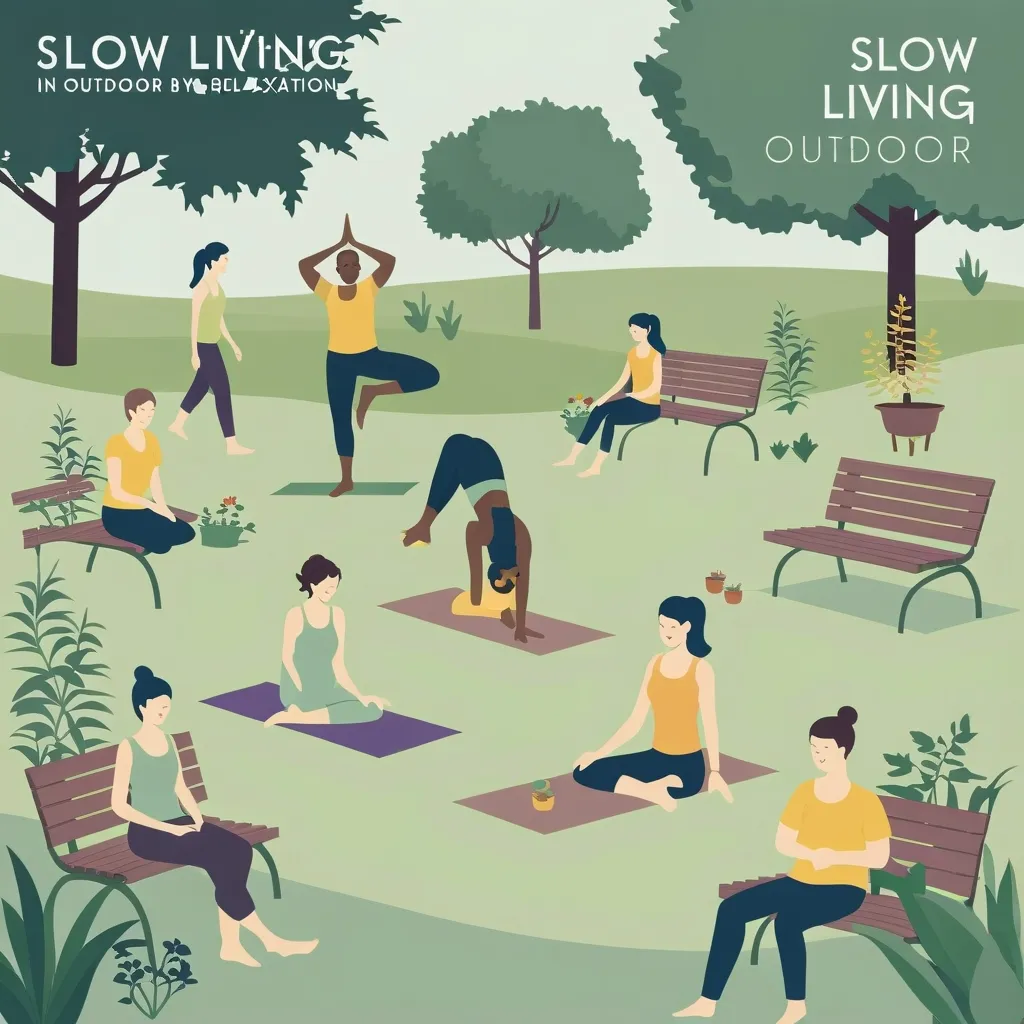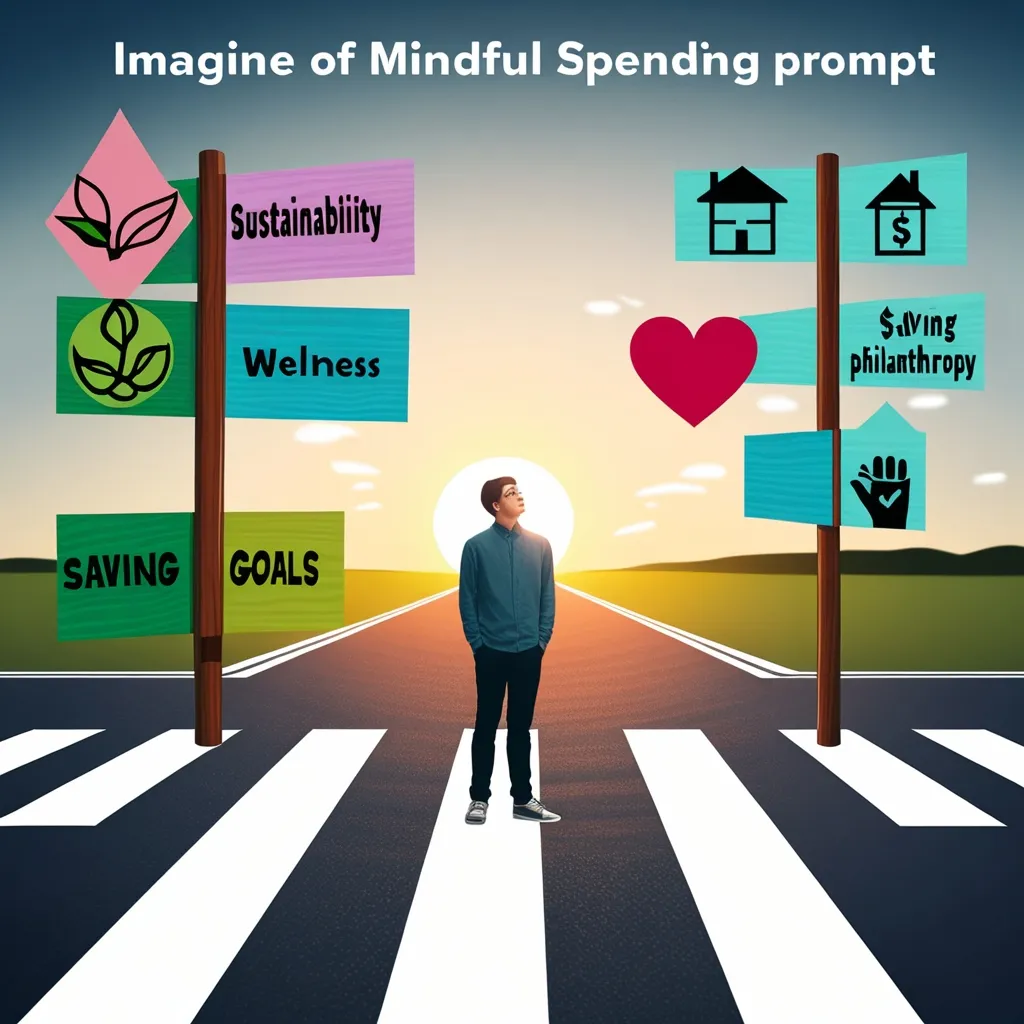Imagine a world where managing your emotions is as natural and adaptive as the systems found in nature. This isn’t about suppressing your feelings or practicing mindfulness in a rigid way; it’s about creating an emotional ecosystem within yourself, inspired by the resilience of plants and animals.
When we think about emotional regulation, we often focus on conscious strategies like cognitive reappraisal or expressive suppression. However, nature offers a different perspective – one that is more intuitive and organic. Let’s start with how plants adapt to their environments. Plants have an incredible ability to adjust to stress, whether it’s drought, extreme temperatures, or physical damage. They develop deep root systems to draw water and nutrients from the soil, and they can even alter their growth patterns to optimize their exposure to sunlight.
You can apply this concept to your own emotional well-being by developing an “emotional root system.” This means building a strong foundation of support and resources that you can draw upon during tough times. It could be a network of friends and family, a set of coping skills, or even a personal routine that grounds you. Just as a plant’s roots help it weather storms, your emotional root system can help you navigate life’s challenges.
Animals also offer valuable lessons in emotional regulation. Many species maintain homeostasis – a state of internal balance – despite external changes. For example, some animals have an innate “predator-prey” balance that helps them manage fear and aggression. You can emulate this by finding a balance between your conflicting emotions. Instead of letting one emotion dominate, you can create an internal equilibrium where different feelings coexist and influence each other in a healthy way.
This approach to emotional regulation is rooted in the idea that our environment plays a significant role in our emotional state. The environmental self-regulation hypothesis suggests that we interact with our physical environment in ways that go beyond mere functionality or aesthetics; we use our environment to regulate our emotions. By choosing environments that promote positive emotions and avoiding those that cause negative ones, you can influence your emotional well-being.
Nature’s resilience is also tied to its ability to adapt continuously. This concept of allostasis – stability through continuous change – is crucial for maintaining emotional equilibrium. Unlike homeostasis, which seeks a fixed equilibrium, allostasis acknowledges that life is dynamic and that our emotional states need to adjust accordingly. By embracing this adaptability, you can develop emotional strategies that evolve with your experiences, much like how nature’s organisms adapt to their changing environments.
The biophilia hypothesis further supports this idea by suggesting that humans have an innate connection with nature, encoded in our genes. This biological affinity, developed over evolution, explains why many people find peace and restoration in natural environments. Exposure to nature has been shown to have positive effects on mental and emotional health, acting as an antidote to modern stress.
Sensory experiences also play a critical role in emotional regulation. Our senses allow us to quickly detect information about our environment, and this can be used both passively and voluntarily to regulate our emotions. For instance, the sound of waves or the smell of a forest can evoke feelings of calmness. By strategically using your senses, you can create an emotional environment that supports your well-being.
Incorporating these biomimetic principles into your daily life can transform emotional regulation from a conscious effort into an intuitive process. Imagine your inner landscape as a thriving ecosystem, capable of weathering emotional storms and flourishing in various “climates” of life. This ecosystem is not static; it evolves and adapts, just like nature.
When you’re faced with a challenging situation, instead of trying to suppress or reappraise your emotions, you can let your emotional ecosystem respond naturally. This might mean taking a moment to connect with nature, whether it’s walking in a park or simply gazing out the window. It could also mean engaging your senses in a way that calms or energizes you, such as listening to soothing music or taking a warm bath.
This approach is not about achieving a perfect state of emotional balance; it’s about creating a dynamic equilibrium that allows you to navigate life’s ups and downs with greater ease. It’s about recognizing that your emotions are part of a larger ecosystem that includes your environment, your relationships, and your personal habits.
In essence, biomimetic emotional regulation is about emulating nature’s resilience and adaptability. By drawing inspiration from the natural world, you can develop a more flexible and responsive approach to managing your emotions. This isn’t just a strategy for coping with stress; it’s a way of living that integrates emotional well-being into every aspect of your life.
As you embark on this journey, remember that it’s okay to be imperfect. Nature is full of imperfections, yet it thrives. Your emotional ecosystem will have its own unique challenges and strengths, and it will evolve over time. The key is to be open to this evolution and to trust in the natural processes that guide you.
By embracing this biomimetic approach, you can create a life that is more in tune with the natural world – a life where managing your emotions is as effortless and elegant as the systems found in nature. This is not just a method for emotional regulation; it’s a way to live in harmony with yourself and the world around you.






